Are you planning to install an above-ground pool? Well, you are at the right place! This article will be your perfect guide for setting up an above-ground pool.
We have provided numerous above-ground pool leveling hacks to make your pool installation journey smooth and easy.
Ensuring a stable and level foundation is paramount for the safety and longevity of the pool and its swimmers. One popular option homeowners consider is using leveling sand under a pool. But before you start spreading sand beneath your pool, it’s crucial to understand the ins and outs of this choice.
In this article, we will delve into the topic of using leveling sand as a base for your pool.
We will explore its advantages and potential drawbacks and provide essential guidance to help you make an informed decision for your pool. So dive in as we assist you in achieving the ideal foundation for your pool.
What is a Leveling Sand?
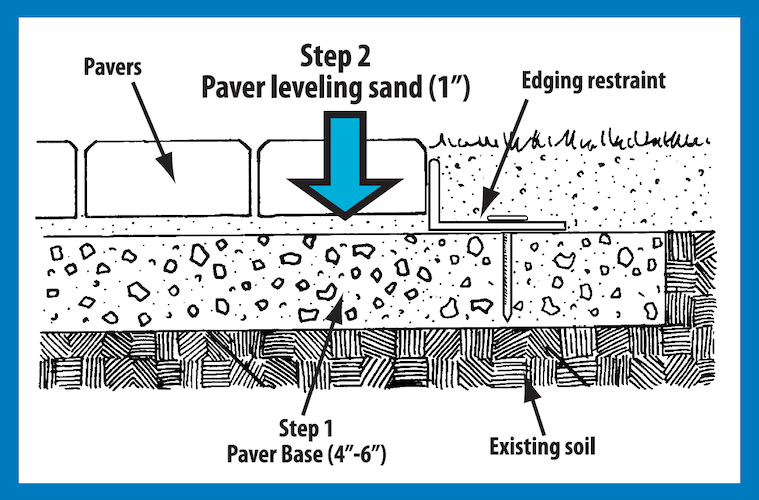
Before delving into whether leveling sand is a suitable choice for your pool foundation, it is crucial to have a clear understanding of what leveling sand is and why it is commonly used under a pool.
Leveling sand is a type of sand specially designed to achieve a level surface. It is typically coarse-grained and free of impurities that could potentially damage your pool liner.
Leveling sand creates a stable and uniform base to place your pool. Its main application is to eliminate irregularities in the ground and ensure that the pool sits evenly. There are several types of leveling sand available, like playground sand, paver sand, concrete sand, and more.
Each sand type has unique characteristics, while some varieties, like concrete sand, are specifically formulated for pool installations, offering superior durability and drainage.
Others are more general-purpose sands, which can be suitable for leveling but require careful consideration and additional materials for the best results.
The benefits of leveling sand extend beyond just achieving a level surface. It aids in preventing the sinking or shifting of the pool over time, reducing the risk of structural damage.
Additionally, it is also helpful with water drainage, avoiding the accumulation of water beneath the pool, which may lead to instability and other issues.
How to Apply Leveling Sand?
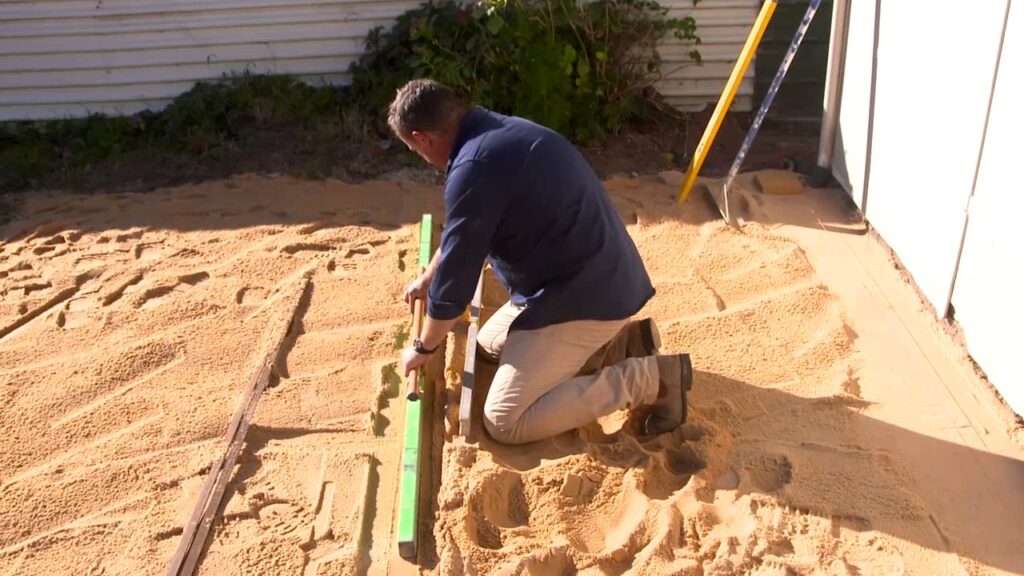
When it comes to the practical application of leveling sand, a step-by-step approach is essential to ensure a stable foundation for your above-ground pool. Here’s a comprehensive guide to help you out:
1. Collect Tools and Equipment
It is recommended to have all the necessary tools and equipment beforehand to ensure a smooth and steady workflow. You would need a shovel, rake, screed board, measuring tools, and a compactor or roller for leveling sand under a pool.
2. Clear the Area
Begin by removing any debris, rocks, or vegetation from the designated pool area. A neat and clean area will ensure a smoother leveling process. ‘
3. Soil Compaction and Grading
Before adding the leveling sand, compact the soil underneath using a plate compactor or roller. This step minimizes future setting and ensures a solid base.
4. Measuring and Calculating
Calculate the amount of leveling sand needed based on the shape, size, and area of your pool. It is recommended to have a depth of about 2 inches of leveling sand for optimal results.
5. Spread the Sand
Evenly spread the leveling sand across the pool area. Use a long, straight board or a screed board to level the sand, maintaining the desired depth.
Advantages of Using Leveling Sand Under a Pool
The following benefits make leveling sand an ideal base for your above-ground pool:
- It helps achieve a flat and secure base for your pool, minimizing the risk of tilting or unevenness.
- Leveling sand also facilitates proper water drainage that prevents pooling beneath the pool structure.
- It also reduces the chances of settling issues and provides long-term stability for your pool.
- Using leveling sand as a base for your pool is a cost-efficient option as compared to other available alternatives.
Disadvantages of Using Leveling Sand Under a Pool
Leveling sand, like every other thing, has its own set of benefits and drawbacks. Therefore, it is important to be aware of its potential drawbacks and challenges while making a choice for your pool:
- The initial groundwork, including soil compaction and precise sand spreading, can be physically exhausting and time-consuming.
- The success of smooth sand leveling depends on the underlying soil quality. Unsuitable soil types may necessitate adopting additional measures.
- The sand may require periodic adjustments and leveling to counter setting to maintain a flat surface.
- Proper disposal of excess leveling sand is essential to prevent environmental harm and ensure responsible project completion.
- Since sand comes in many varieties, it becomes difficult to choose the right kind of leveling sand for your pool without getting confused.
Conclusion
In conclusion, the choice of whether to use leveling sand as the foundation for your above-ground pool depends on several factors.
Understanding the advantages and drawbacks of the leveling sand is vital in making a smart choice for your pool. Leveling sand can offer a level surface, improved drainage, and long-term stability for your pool.
However, it demands labor-intensive preparation, soil compatibility, and regular maintenance over time.
You must plan properly and consult expert advice for the careful execution of installing a secure and enjoyable pool setup.
Remember, the successful pool setup extends beyond the initial installation.
It is necessary for you to monitor and maintain your pool regularly to make swimming a safe and enjoyable experience!

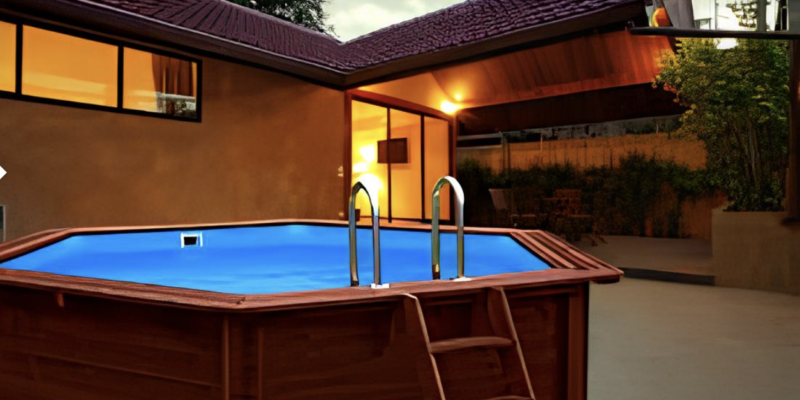
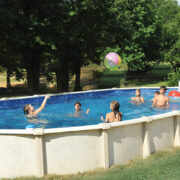
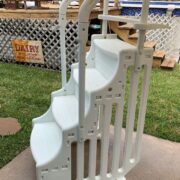

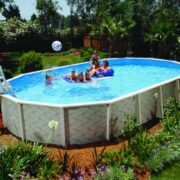
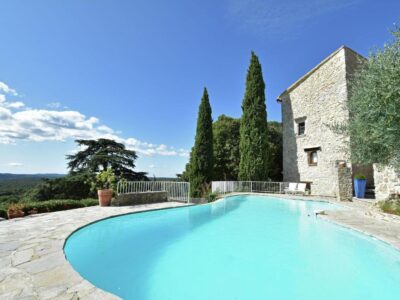

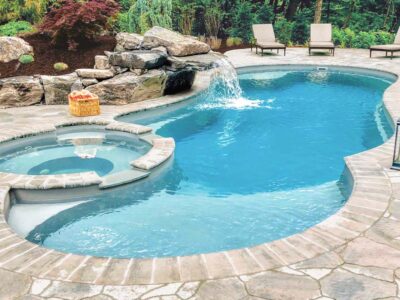

Comments